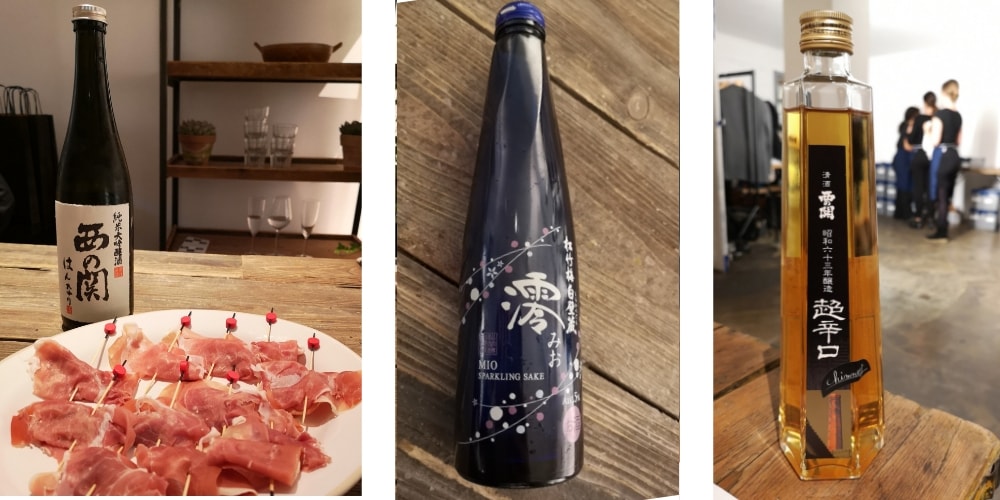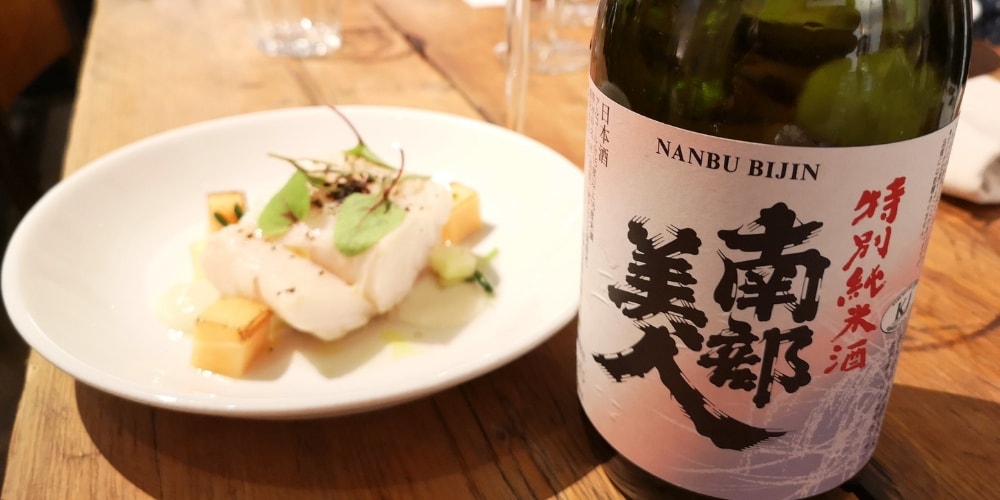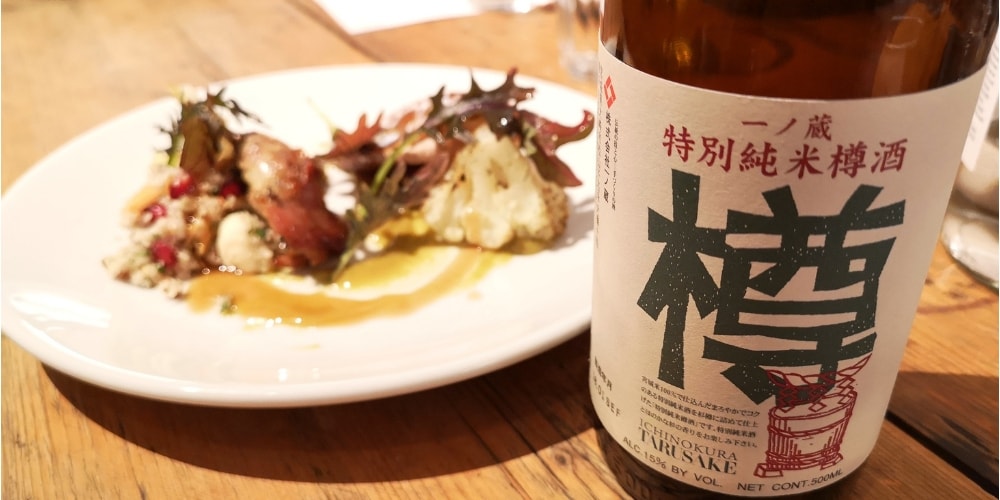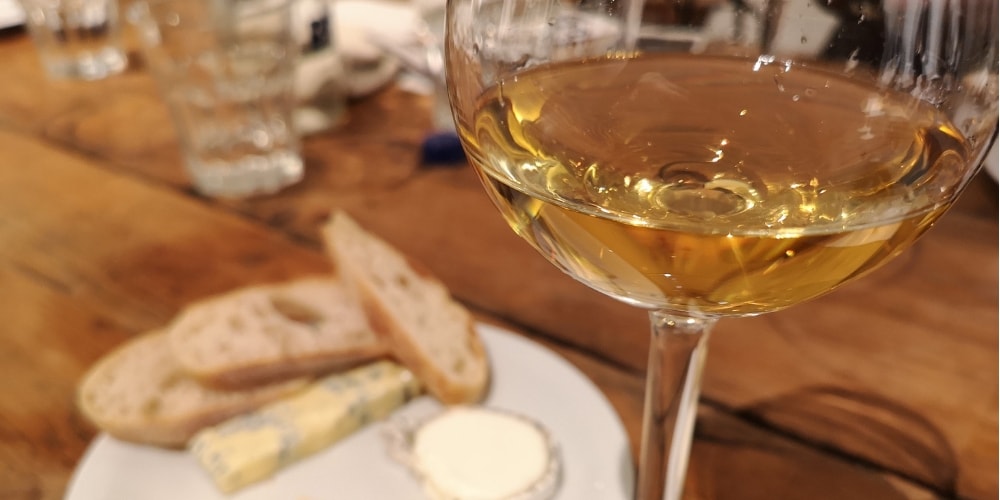Craft beer, natural wine, artisanal spirits, mead, even… It’s all going on this year – all the drinks! There has never been a better time to try something new, especially as, chances are, it will be something with provenance and made with attention to detail. If you haven’t got into sake yet, I fully suggest you do. It’s no longer about overheated, suspect quality booze served in Japanese restaurants; the question now when you go to dinner anywhere is red, white or sake? But first things first: what is sake and why do you need to know?

What is sake?
In a nutshell, sake is an alcoholic wine made with rice and water (see here for more detail). It looks very similar to wine made from grapes and typically has an alcohol content of between 13 and 17 % abv. It hails from Japan but recently, there have been sake breweries popping up elsewhere in the world, such as Kanpai in London and Dojima in Cambridge.
What does sake taste like?
There are several styles of sake but they generally share a similar quality of subtle earthiness and a touch of green melon. It’s umami in a subtle way. The closest wine equivalent I can think of to a classic style of sake is a Muscadet sur lie (without the co2 prickle). It also has a fabulous, weighty texture – it’s incredibly moreish, though can take a bit of getting used to.

The more the rice is polished, the better quality the sake
Received wisdom stays that the more a rice grain is polished, the better quality the sake will be. So, we start with ‘futsushu’, which is table sake, where over 70% of the grain is used. Then, we move up in quality to a higher polish with ‘junmai’ at 70%, then up to ‘junmai ginjo’ at 60% and then at the top, there’s ‘junmai daiginjo’, where only 50% of the rice grain is used. Usually, the ginjo and daiginjo are more aromatic and elegant because of the polishing. Do not drink these warm as you’ll lose those delicate flavours.
Is sake a good food match and with what?
Yes, yes and thrice, yes. The beauty of sake is its versatility, both with food and without. In comparison to wine, it’s less acidic and less bitter and with a pronounced texture, so it sits with many foods very well and is not too much when tasted alone. Sake is never just sake either, so the choice is huge. There’s dry sparkling, sweet sparkling and a wealth of still styles from the light, dry and floral to richer, darker, wood-aged wines. Below are some killer matches that I tasted recently that went well with non-sushi dishes as well as some other suggestions:

What to eat with sake?
Sparkling sake
Ditch the Prosecco and try a sparkling, slightly sweet sake. If you pair this with a salty starter, like seriously good prosciutto or salty cheese, it absolutely sings as the saltiness complements the sweetness, balancing everything up nicely. We also tried this with calamari and a trio of dips. It was an excellent match with sweet chilli sauce and provided a really interesting match with the tzatziki-style yogurt dip, enhancing the flavours in the wine and the food. It would also be cracking with fish and chips!
Try: Mio sparkling from Hyogo
Light, elegant and aromatic sake
If you prefer something a little drier, crisper and more aromatic, more akin to a dry white grape wine such as Muscadet, an elegant Junmai would be wonderful. You can have this alone or with some slightly salted nuts or crisps for a starter or even with a main dish, such as delicately flavoured cod. We tried this with a touch of melon, apple and sun-dried tomato, which let the sake shine. The flavours didn’t fight each other.
Try: Nanbu Bijin, Tokubetsu Junmai from Iwate

More fruity and floral, vinous sake
If you’re thinking you’d rather have something that would take the place of an unoaked, cool climate Chardonnay or even Viognier however, then these two Junmai Daiginjo sakes were delicious. With a little more weight and flavour of peach and melon and with an almost oily texture, these sakes can take a little more flavour so cod, yes, but also try it battered. Chicken casseroles or roasted chicken or turkey would work too.
Try: Kubota Koju, Junmai Daiginjo, from Niigata – Savory, rich and weighty.
Try: Nabeshima, Junmai Daiginjo, from Saga – Peachy, pale and a touch floral.
Bolder, more savory and weighty sake
Here’s where sake feels totally unique! ‘Taru’ sake is aged briefly in cedar barrels, which gives it a hint of yellow colour, make it more textural and gives it more savory, umami notes. This is a hefty sake that can stand up to meat or dishes like partridge with pomegranate, raisins and capers in curry sauce, as we found out. It was remarkable how the sake carried all those flavours seamlessly.
Try: Ichinokura Taru sake, Tokubetsu Junmai Daiginjo.
Funky, darker, aged sake
Channel your sake geek with a vintage sake with some age on it. Dark in colour, you can expect some caramelised notes and some hefty weight and texture. Gone are the floaty floral notes; these are wines that are great with aged hard cheese or blue cheese. We tried it with several, but the best match in my mind was the salty blue gorgonzola as the aged sake felt fresher with it and the acidity of the cheese was cut perfectly. Aged parmesan was also a great, more like-for-like match.
Try: Nishinoseki 1988 from Oita.
Heading to Japan and want to try some sake and food for yourself? Check out our ultimate food and sake tour in Kyoto, Japan. Or perhaps you’d like to know a little more about the styles of sake before you go? Here’s our video with Christine Parkinson from the Hakkasan group talking all things sake and food matching. And for all the information you could ever need on food and sake, go to foodandsake.com! Kanpai!
